The University of Waterloo School of Architecture takes pride in its tight-knit culture. Working collaboratively with all our peers, building relationships with upper-years, and running into students in the hall are among many of the perks mentioned at the school’s open houses. The great sense of family in Waterloo makes it like no other.
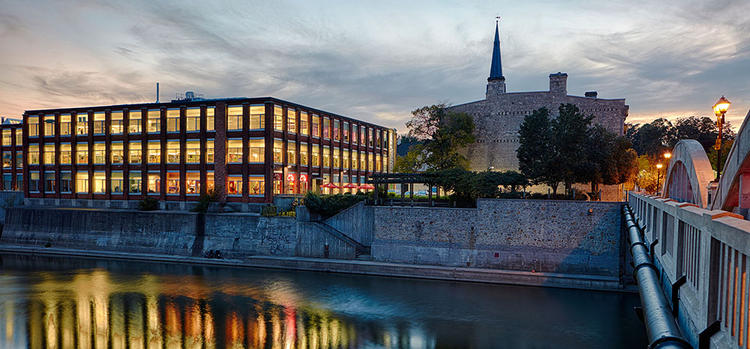
But, how are our experiences, as incoming students, affected when all of that is taken away from us? How can we fully experience the whole package when our entire first year, a major milestone, is shifted to a completely virtual system? Our objective with this article is to analyze how online learning has impacted, positively and negatively, our exposure to the school’s tight-knit culture, our absorption of knowledge, and our overall mental health.
At the beginning of September, we experienced a series of orientation events that attempted to mimic the typical UWSA activities and added new online components into the mix. They were successful at instigating great conversations among first years and upper-year leaders, creating a more equalized conversational dynamic. In a way, we had the opportunity to connect beyond our class, a perk that continues to strengthen the Waterloo community.
Before we knew it, our classes began. Many of us started on a rough note. Few struggled to find the links for the meetings and a handful were hit with studio crit anxiety. Regardless, not being able to step foot into the building, receive our studio desks, and meet everyone was tough, especially since it’s a moment we’ve all looked forward to. Nevertheless, the bounty of introductory activities that we were engaged in before the beginning of the semester (mentoring groups and Trello and Miro boards) and the fall charette passionately kick-started our architecture school experience.
Additionally, the synchronous schedule has definitely created an engaging environment. With almost everybody tuning in at the same time, students are able to feel like part of a bigger group.
“Having a synchronous schedule is the most similar to having real-life classes,” said Abeer Ali, a 1A student studying remotely from her home in Mississauga, ON. “ I mean I know friends where it’s all asynchronous. It’s not been nice for them to watch 4 hours of lecture just before a test… I would nowhere near be as on top of things if it wasn’t synchronous.”
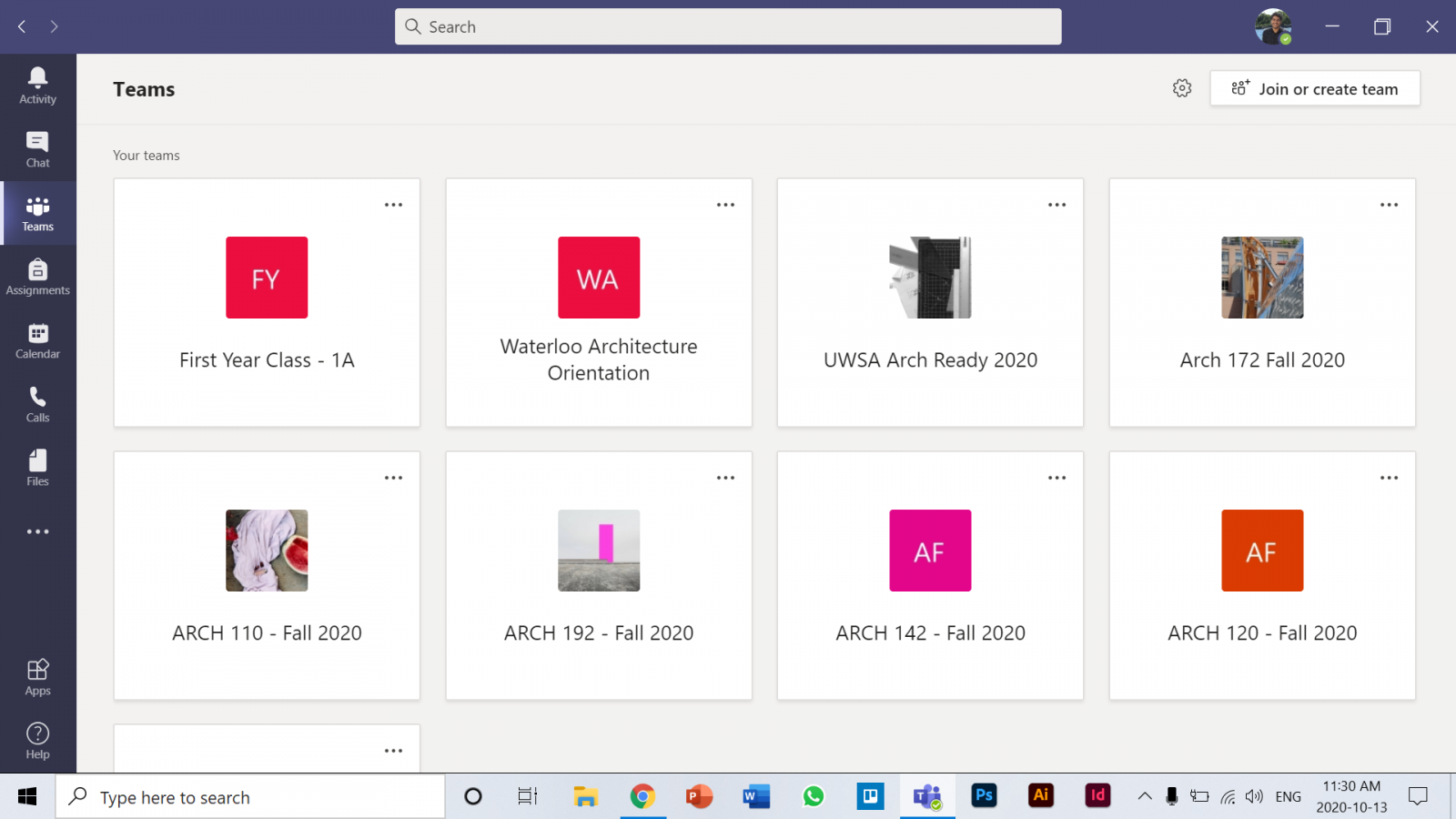
Design studio especially has been a huge catalyst in building bonds, generating ideas, and learning from peers. Pinning up process work on miro to resemble the loft, having regular desk crits, and being split into several groups have simulated a studio environment that is both educational and safe. A bit of a downfall, however, is that we tend to ask 1000 questions, taking up to an hour of extra time, since the online platform makes it easier to voice our thoughts.
Nonetheless, different students have had drastically different experiences. A group of us has even managed to move to Cambridge, getting as close as possible to the authentic UWSA experience.
“We have a duplex and we basically just took one side of the duplex and turned it into a studio… and so whenever we’re working on studio, we’ll all sit downstairs and work together, and it’s super chatty and talkative,” mentioned Jake Farquharson, a 1A student who is spending the term in Cambridge with his roommates. “I feel like I’m so much more productive when I’m working with other people in the same space, than when I’m working alone on my computer.”
Azana Saunders, who is also living in Cambridge added that “when you’re with a group of people, it’s easier to stay motivated… you can just ask someone in your house, ‘how do you do this?’ ‘I need help with this,’ ‘what’s your opinion on this drawing? On this model?’ [In terms of food,] one night it’ll be Alex’s Korean BBQ, one night it’ll be my vegetarian meal, one night it’ll be Grace’s Chinese cuisine.”
For those of us who are elsewhere, it is a little more challenging. With students tuning in from all around Canada and different parts of the world like India and South Korea, it’s hard to feel connected.
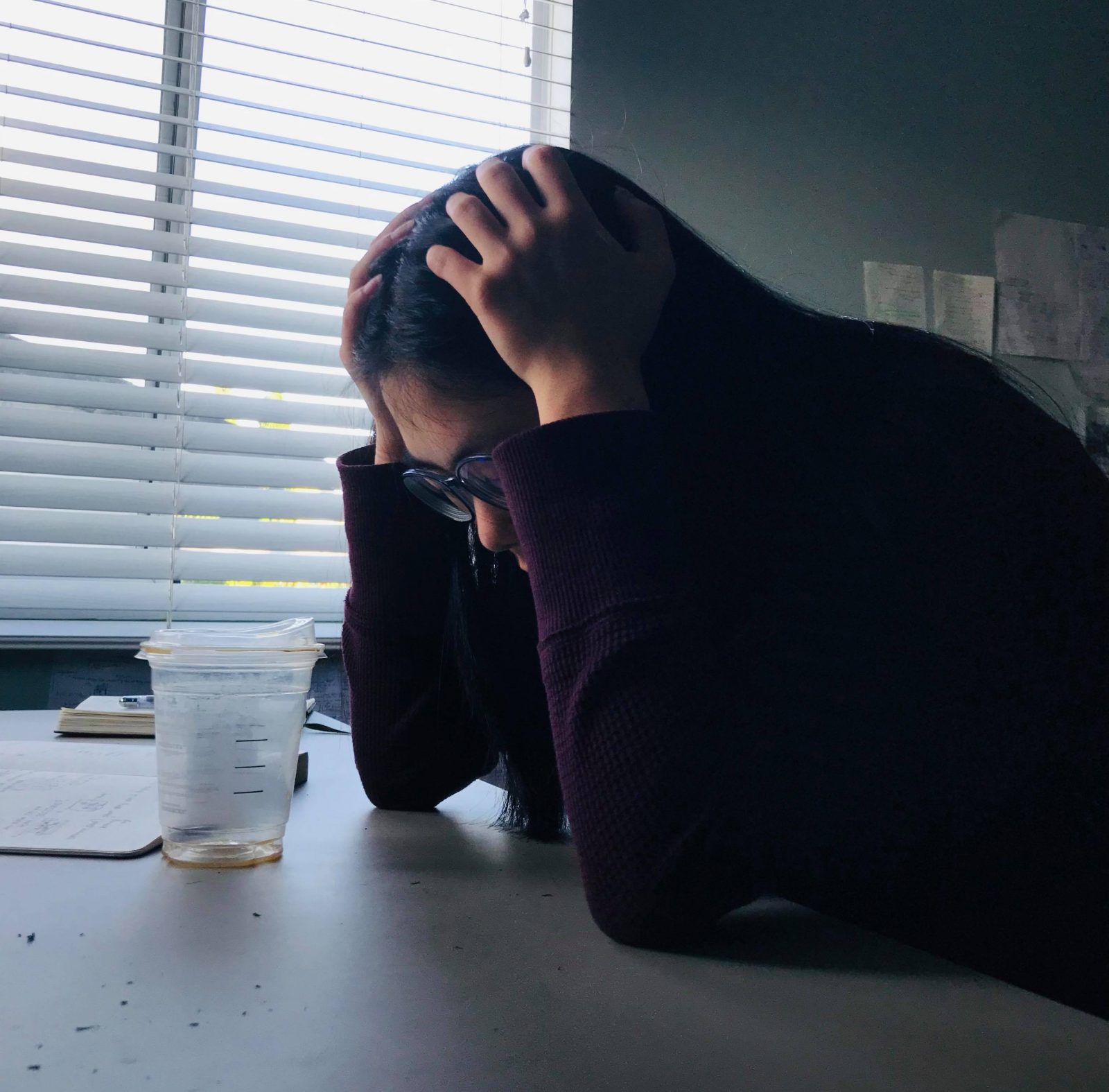
Ezra Saunders, a 1A student studying remotely from Fernie, BC, explained that “[connecting] is much harder online… it’s harder to know people without seeing the[ir] body language [and] reach[ing] out,” but we are up for the challenge! Our professors have done their best to get us to collaborate as much as possible.
Moreover, in many ways, online school has been substantially beneficial. Having access to recorded lectures after they’re presented (in case one is in need to sleep in for their mental health or simply because of a late-night studio session which many of us are sad to admit we’re guilty of), shooting a message to a professor or TA whenever you need help, being able to connect with students halfway across the world, and feeling like everyone is in the same boat have eased the process.
When we asked some of the students what their overall thoughts were, Abeer claimed that she is “pleasantly surprised, I thought it would be worse than it really is… I think what I miss the most is just having the community and feeling like you are entering something new. In my case, I didn’t have a graduation, so I still feel like I’m in high school.”
In the end, Jake perfectly summed it up for everyone, “I think we’re at the point where it’s the best it can be. The profs have all done a pretty phenomenal job of putting together a program that works… I think it’s, given the circumstances, a very reasonable well-put-together program.” And truly, that’s something to be grateful for.
And very importantly, we feel very supported. “They made it really clear that there are a lot of resources for us to access,” Ezra continued.
That being said, we cannot wait to experience what “in-person” school will bring. When it is safe to do so, it will be quite the adventure to puzzle out who’s who. One thing is for sure though: this 1A class, more than any group of students in the past, will be overjoyed to receive their studio desks, use their entrance fobs, sign their rent leases and have the best possible time. We can only hope that in the future, we are able to experience all that the University of Waterloo School of Architecture has to offer.
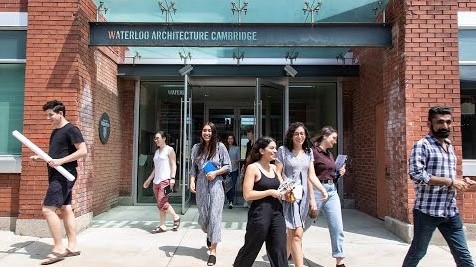


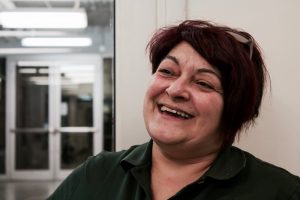


2 Comments
Leave your reply.